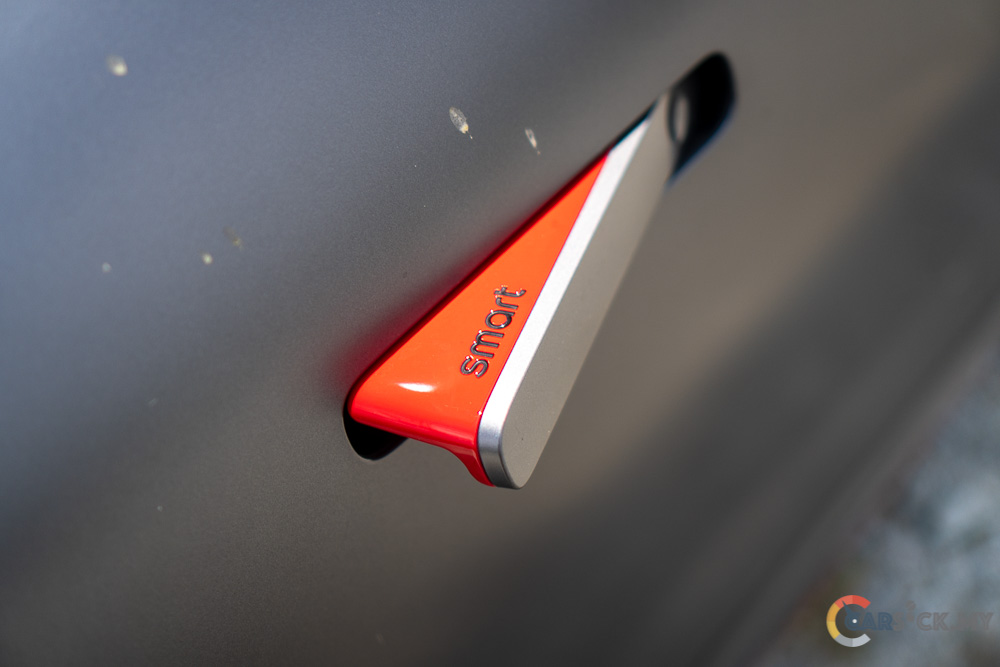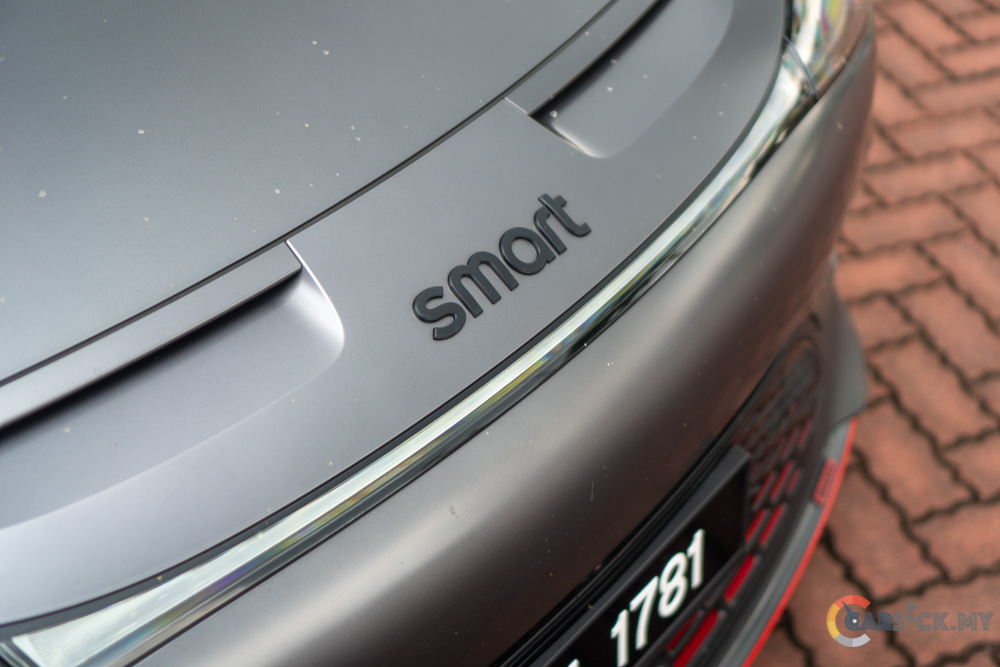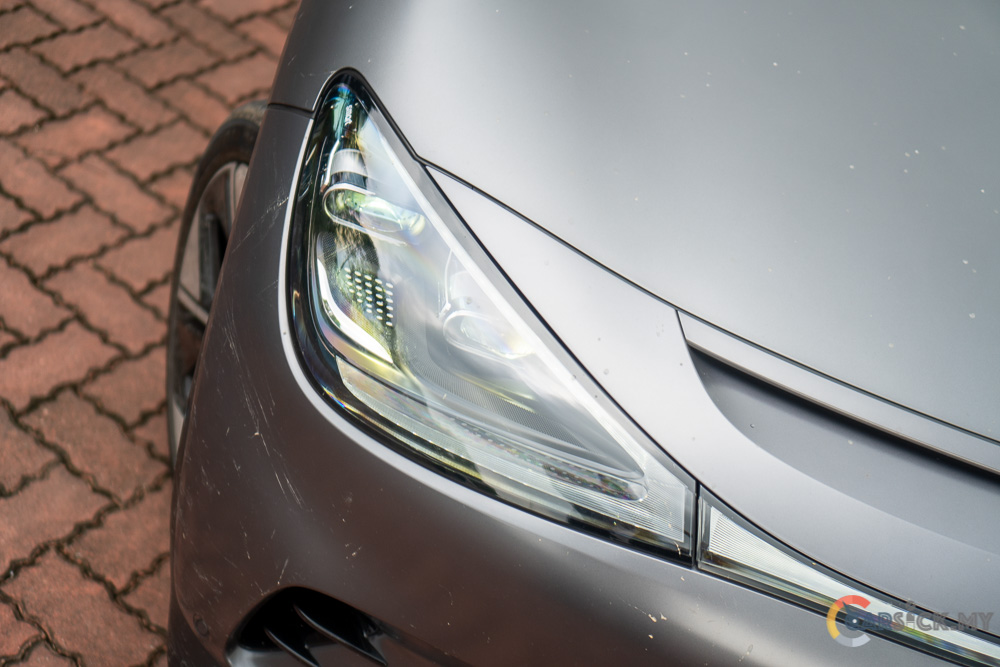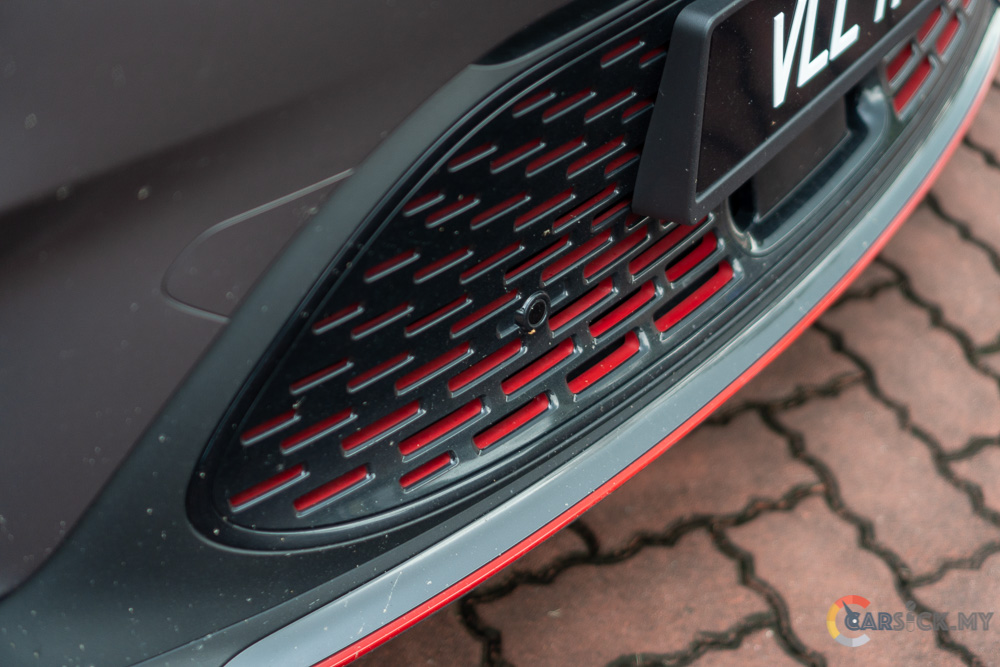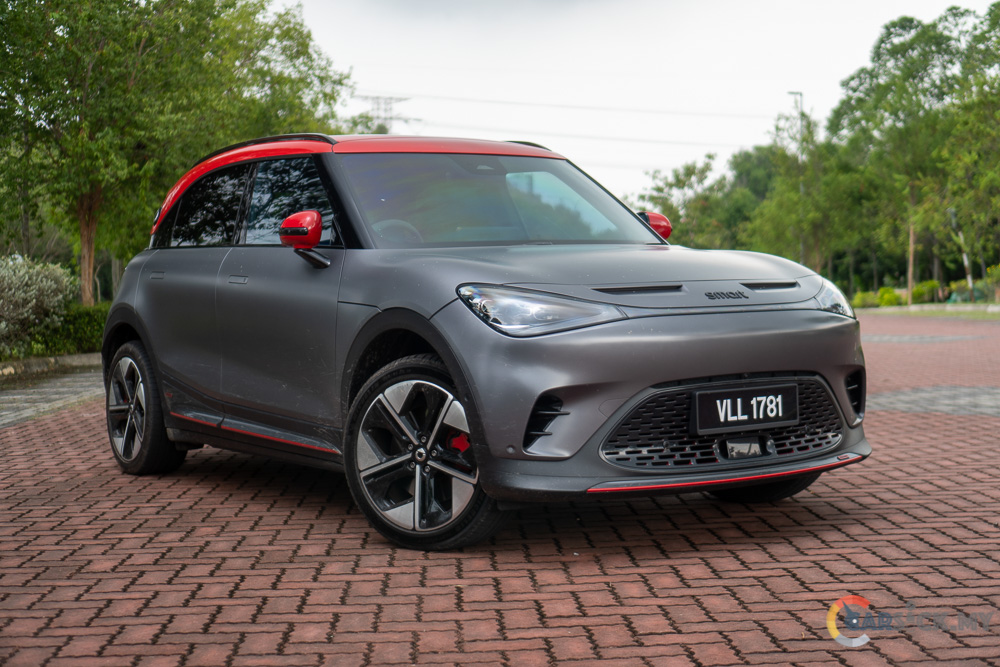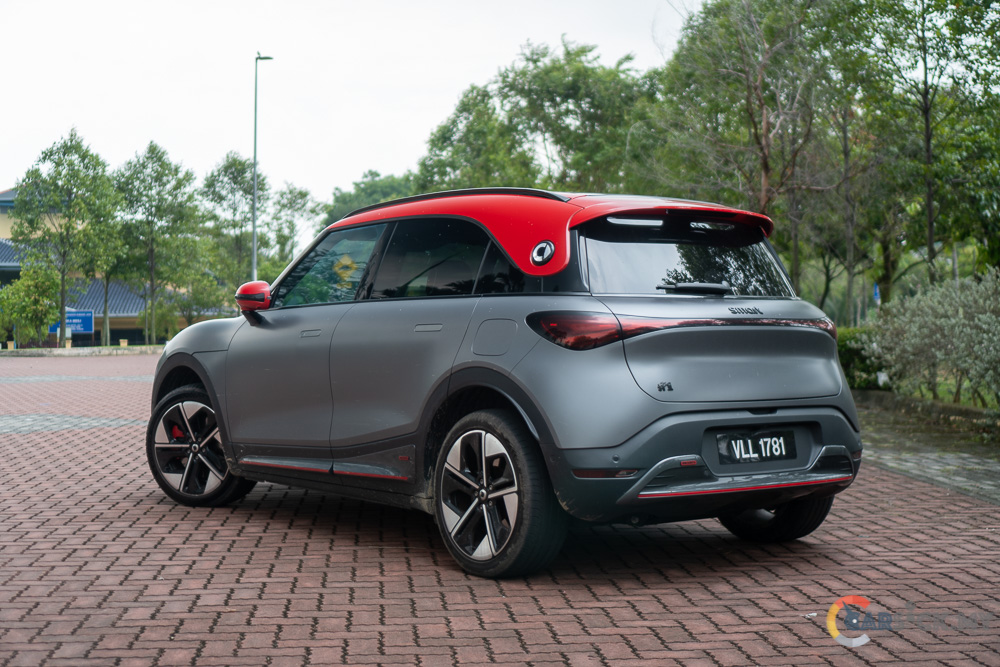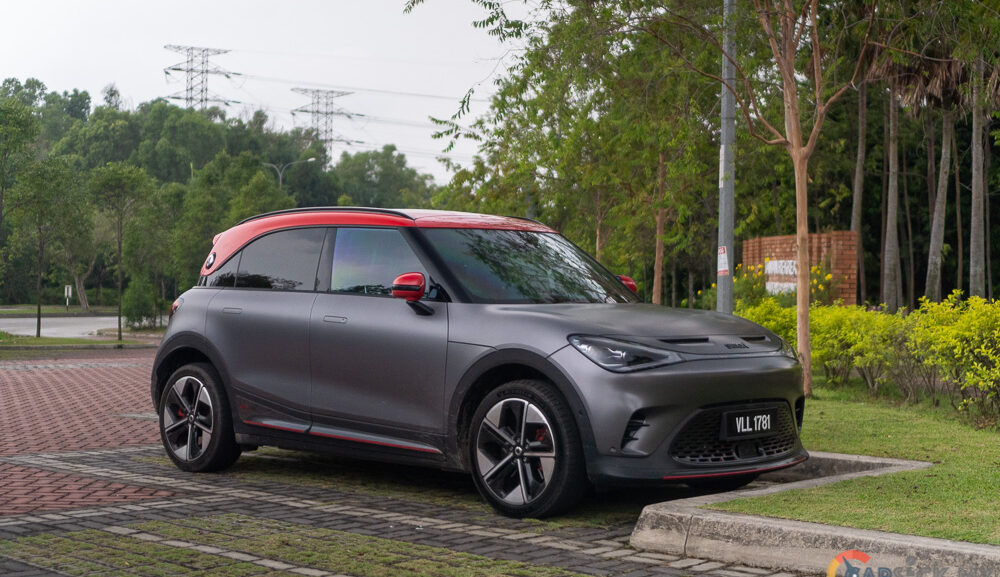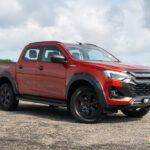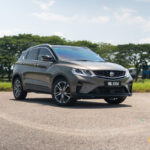Back in the day, sub-5-second acceleration times were figures reserved for supercars. But in 2024, these times are easily achieved by electric vehicles, becoming a bragging right for manufacturers to showcase how fast their cars can accelerate. Among the many electric vehicles currently on the market, one model that achieves this level of performance is the smart #1 Brabus. This is also the most expensive version of the #1 that smart Malaysia currently sells. In this review, I’ll take a closer look at the smart #1 Brabus to see if you really need this level of performance in an EV.
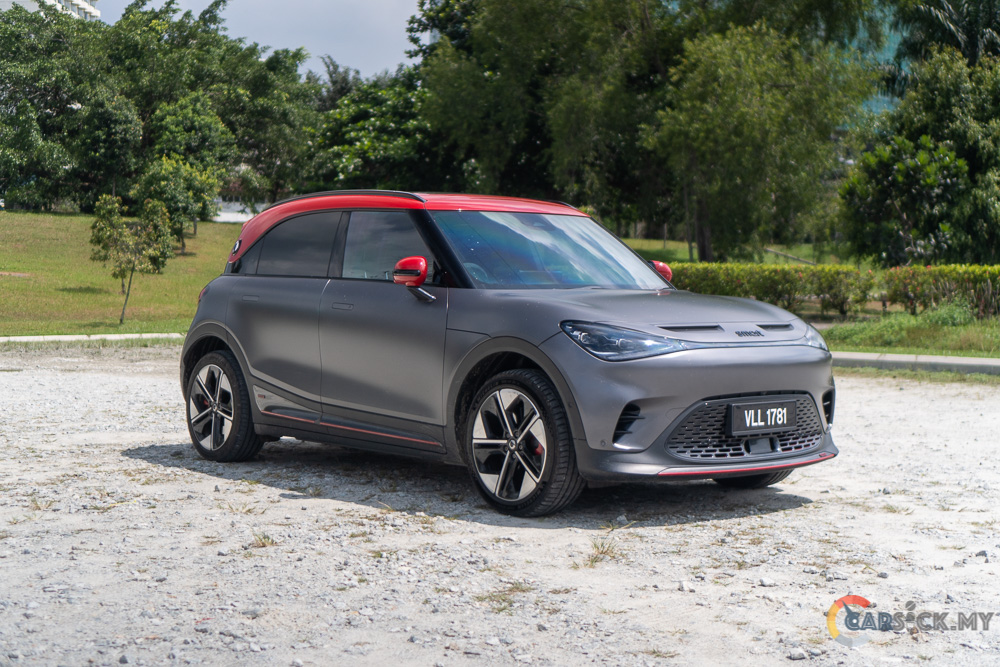
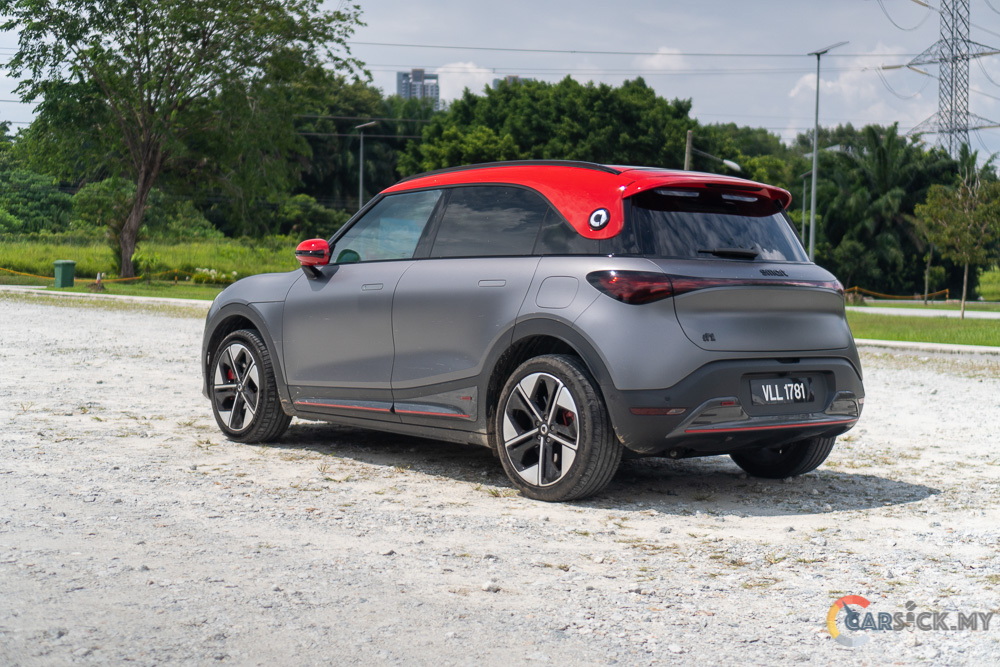 Compared to the regular smart #1, the Brabus edition looks sportier. Our review vehicle is painted in matte black with a red two-tone roof, enhancing the car’s sporty aesthetic and giving the Brabus edition a more menacing look. Apart from the roof, red highlights can also be found around the vehicle, such as on the front grille, wing mirrors, the lower part of the body, and of course, the brake calipers. The lights behind the front grille also come in red, distinguishing it from the regular #1.
Compared to the regular smart #1, the Brabus edition looks sportier. Our review vehicle is painted in matte black with a red two-tone roof, enhancing the car’s sporty aesthetic and giving the Brabus edition a more menacing look. Apart from the roof, red highlights can also be found around the vehicle, such as on the front grille, wing mirrors, the lower part of the body, and of course, the brake calipers. The lights behind the front grille also come in red, distinguishing it from the regular #1. 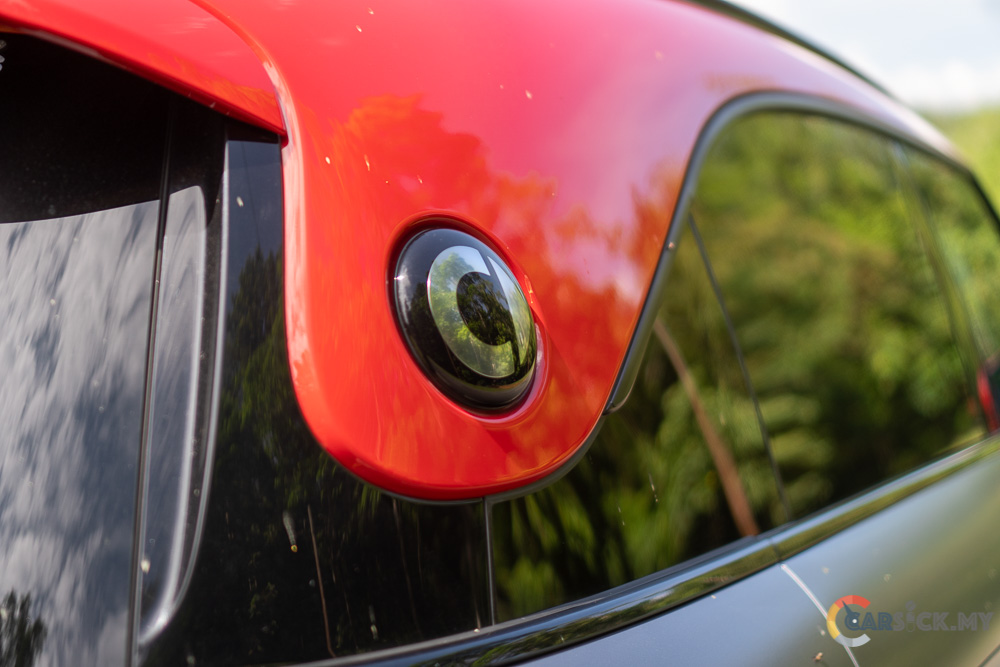
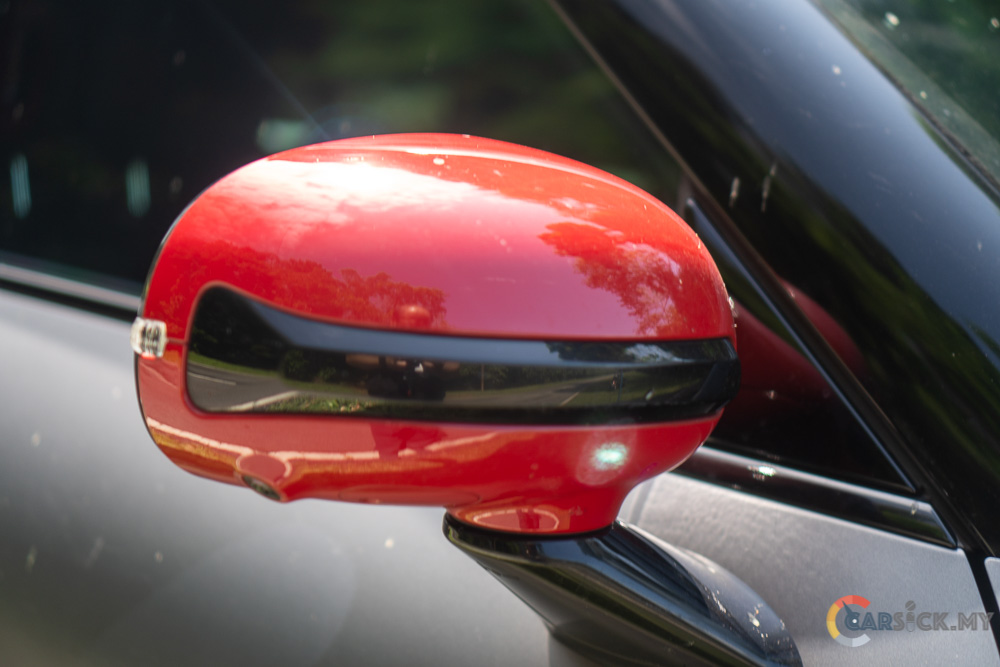
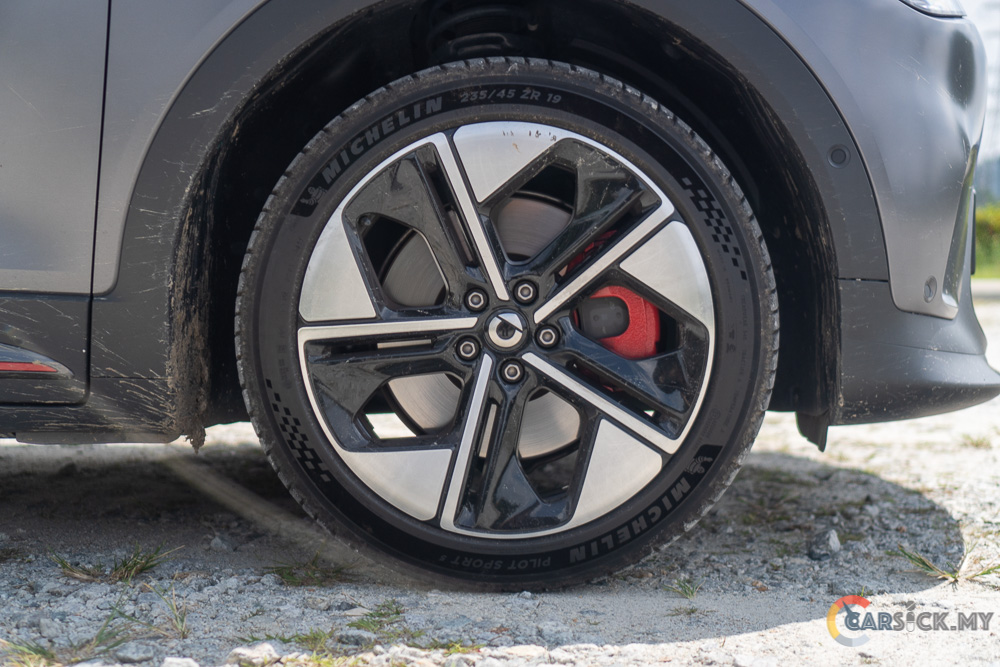
In addition to these special highlights, the Brabus edition adds fake vents on the hood to make the #1 look sportier. The rear features a more prominent wing for visual effect, and the additional body kit and fake diffuser on the lower part of the bumper enhance its aggressive appearance. If the body kit isn’t enough to tell you this is a Brabus edition, there are plenty of Brabus badges placed around the car. To top it all off, the Brabus edition comes with sportier-looking 19-inch rims wrapped in 235/45 R19 tires. Personally, I prefer the look of these rims over those found on the regular #1. 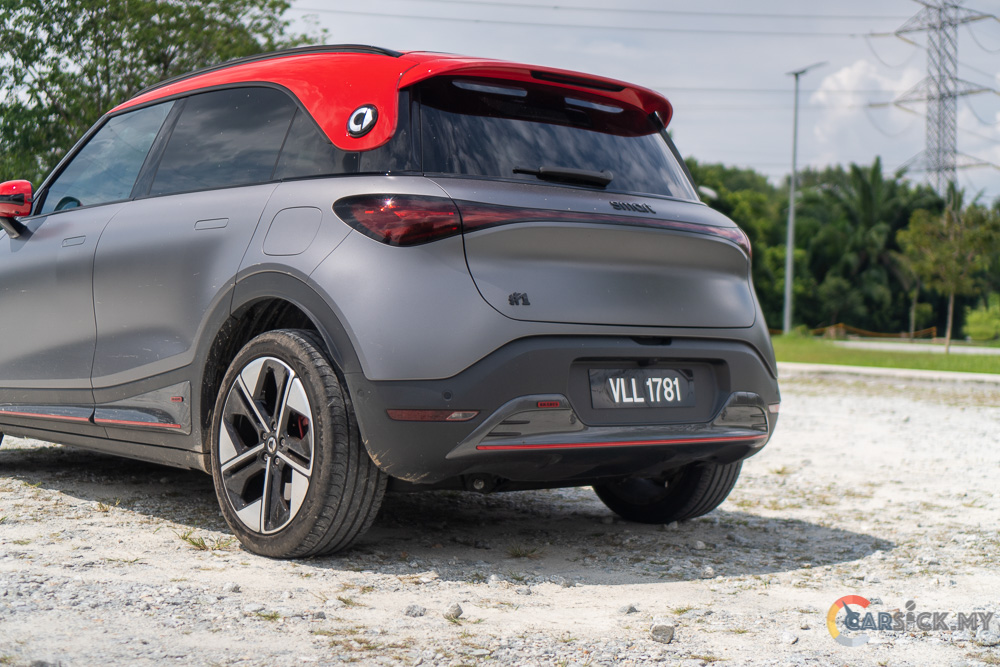
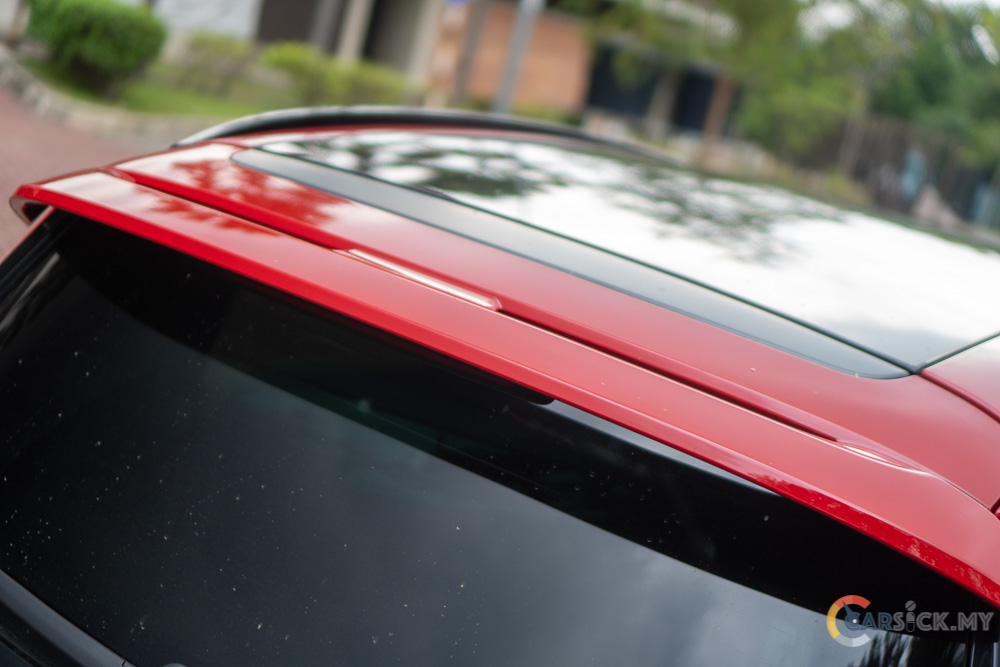
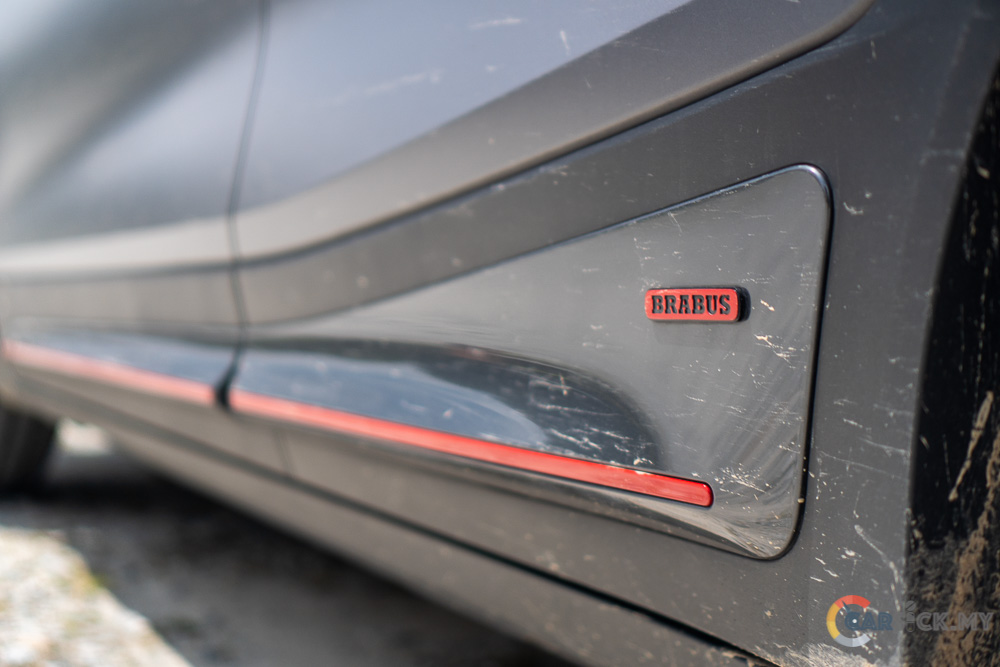
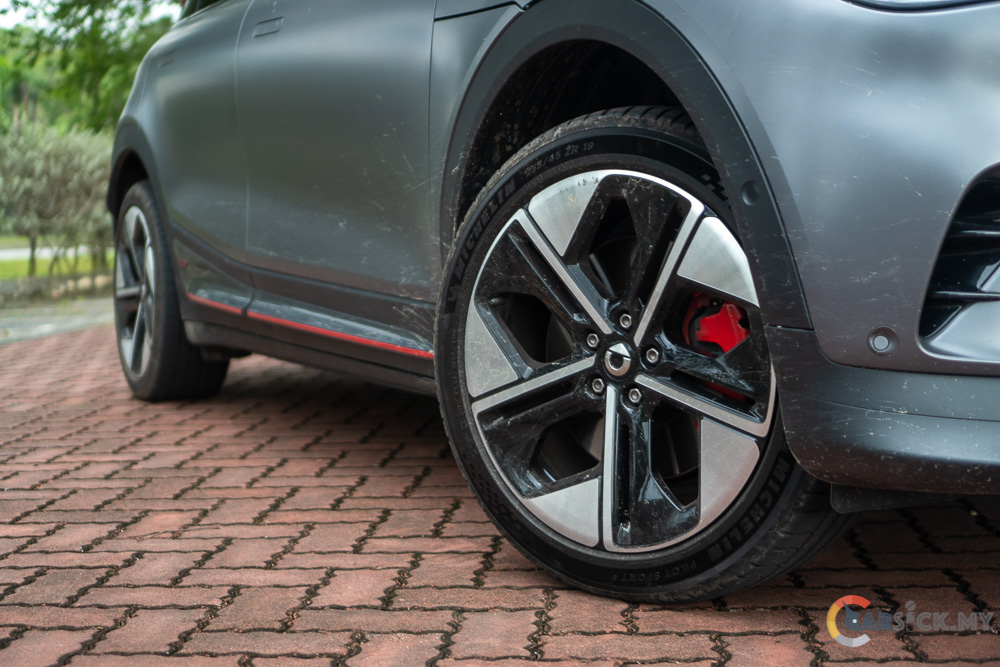
Stepping inside, you’ll instantly notice an interior similar to that of the regular #1. However, the Brabus version includes sporty touches to set it apart. The main interior color theme is multiple shades of black. The previously white dashboard and center console are now painted in gunmetal grey, which looks classier than before. You can also spot red highlights around the interior that match the exterior, found on the stitching and seatbelts of the Brabus #1.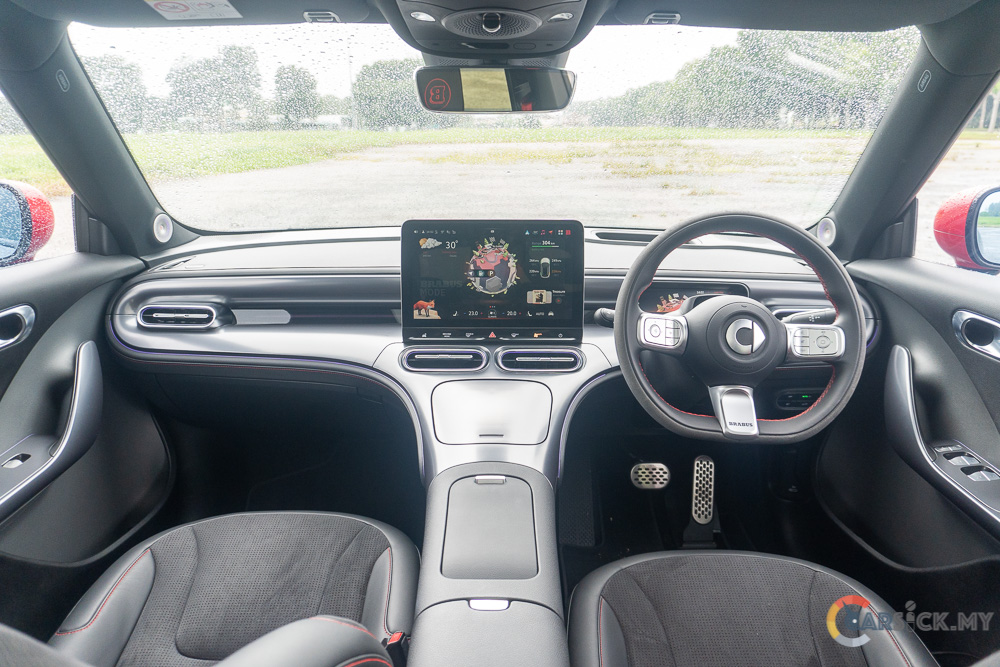
Like the regular #1, the Brabus edition comes with the same 12.8-inch infotainment screen and 9.2-inch instrument cluster. However, there are some differences in the graphics within these screens. The Brabus version features a darker background and graphics that match the vehicle’s overall vibe. As with the regular #1, the Brabus edition also comes with wireless Android Auto and Apple CarPlay and is hooked up to the 13-speaker Beats premium audio system. 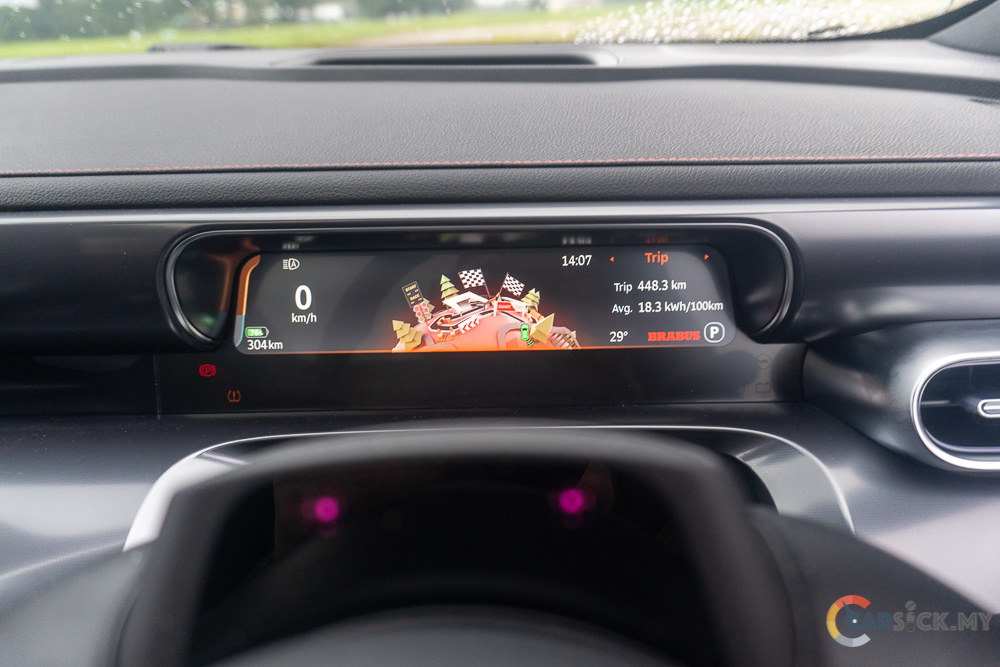
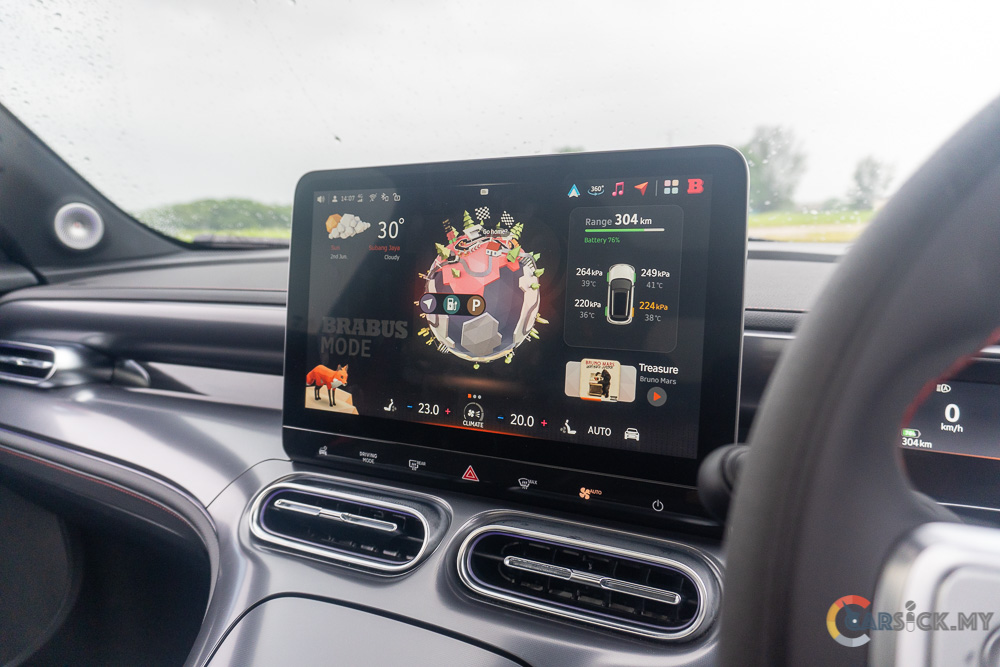
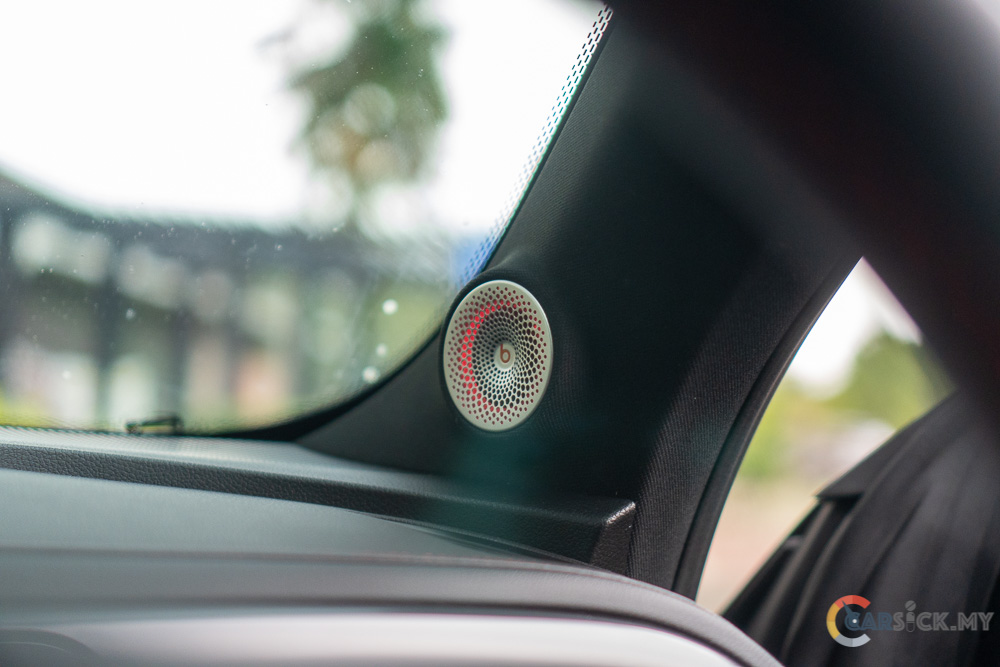
Additionally, the Brabus edition features a steering wheel wrapped in a suede-like material, and the “smart” wording at the bottom has been replaced with “Brabus.” However, the overall feel doesn’t change much from the regular #1. The seats are also upholstered in suede-like material, with a large “B” logo embossed on the headrests. Space-wise, nothing has changed between the regular #1 and the Brabus #1. The storage areas remain the same, with 411L in the back and 15L up front. 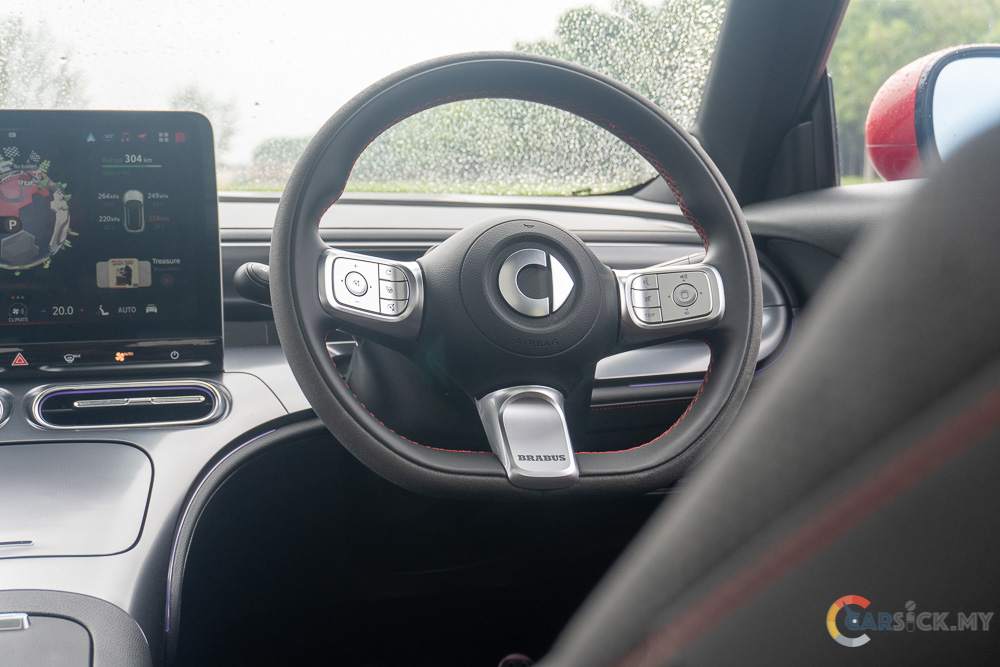
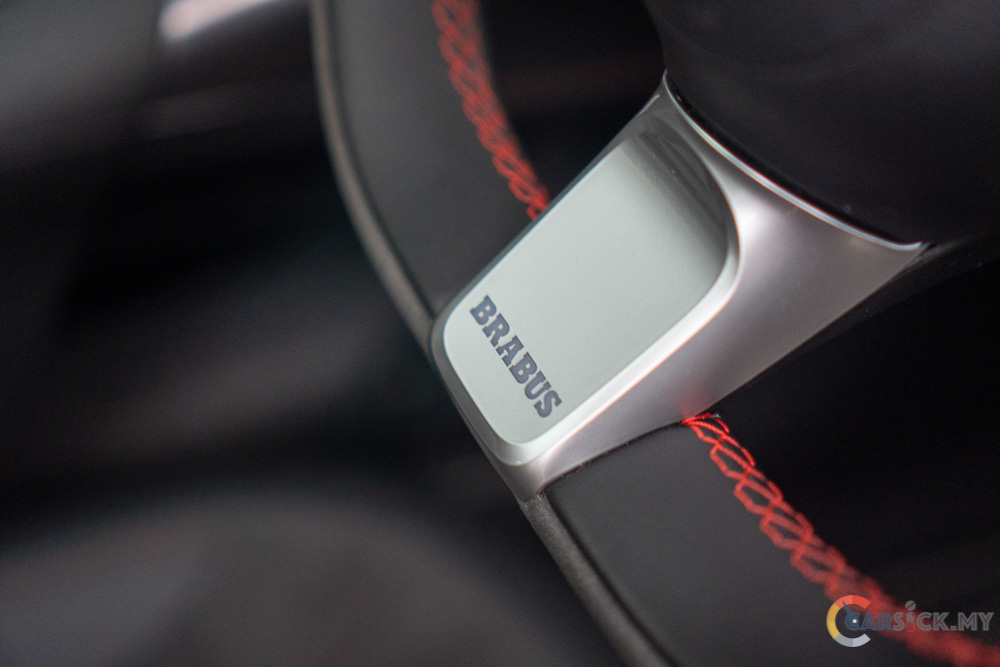
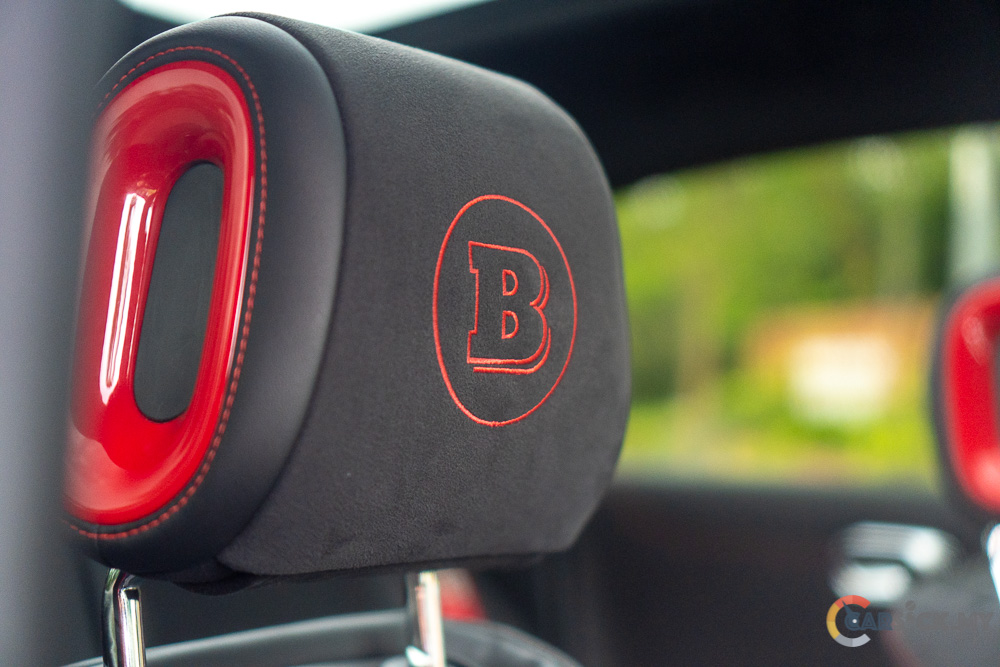
As for the powertrain, this is where the Brabus edition differs significantly from the regular #1. The Brabus edition is powered by two electric motors, one at the front and one at the rear, making it an all-wheel-drive vehicle. The combined total output from these two electric motors is 422hp, and the total torque is 543Nm. This allows the smart #1 Brabus to hit the 100km/h mark in just 3.9 seconds and reach a top speed of 180 km/h. These two electric motors draw power from a 66 kWh battery, the same size as the regular #1, translating to a theoretical range of 400 km based on the WLTP rating. 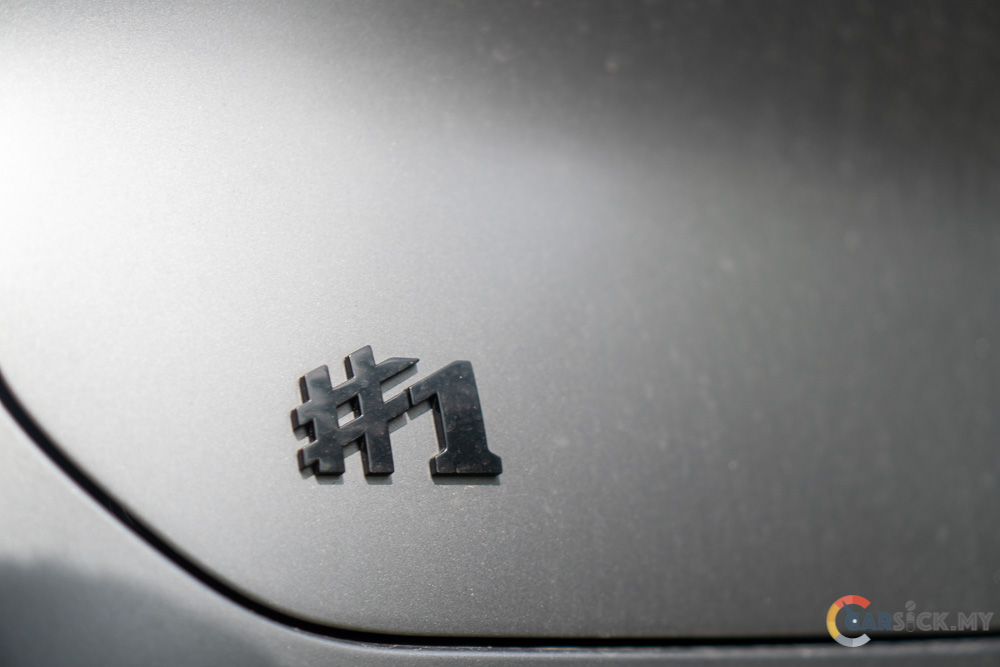
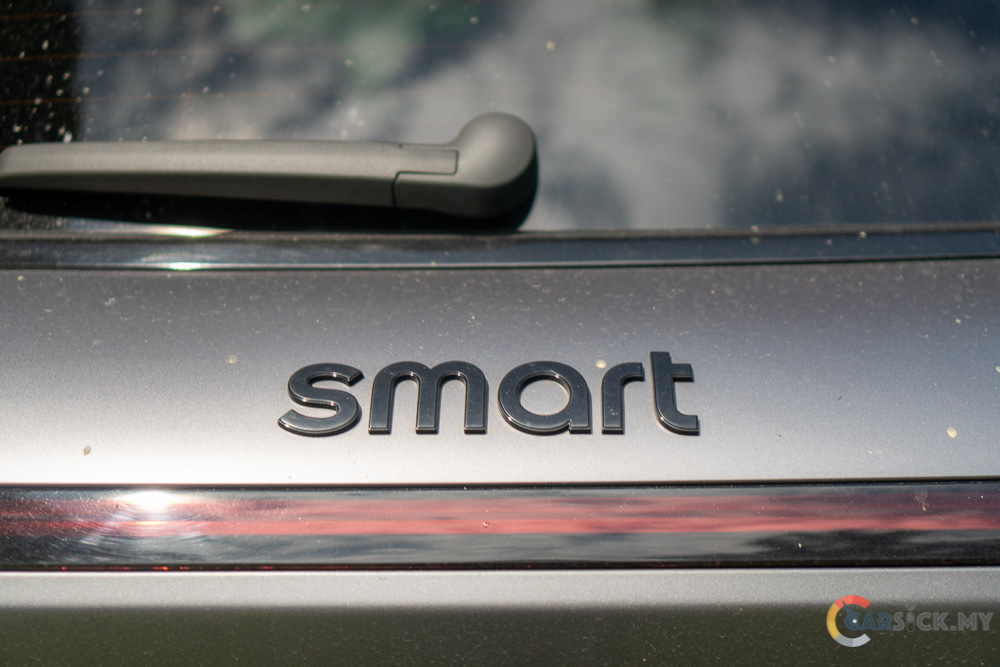
When you drive the Brabus #1 in a civilized manner, it feels like any other #1. It has decent power to get you up to speed, and the power delivery is quite linear. But what truly makes this a Brabus is when you switch to Brabus mode. It feels like the powertrain is cranked up to 11, and it accelerates quite violently. When you step on the throttle, you quickly find yourself breaking the speed limit, and any occupants will be thrown back into their seats. This is where the Brabus #1 sets itself apart from the regular #1 — it is truly fast. However, if you’re driving it in Brabus mode, expect the battery to drain quickly.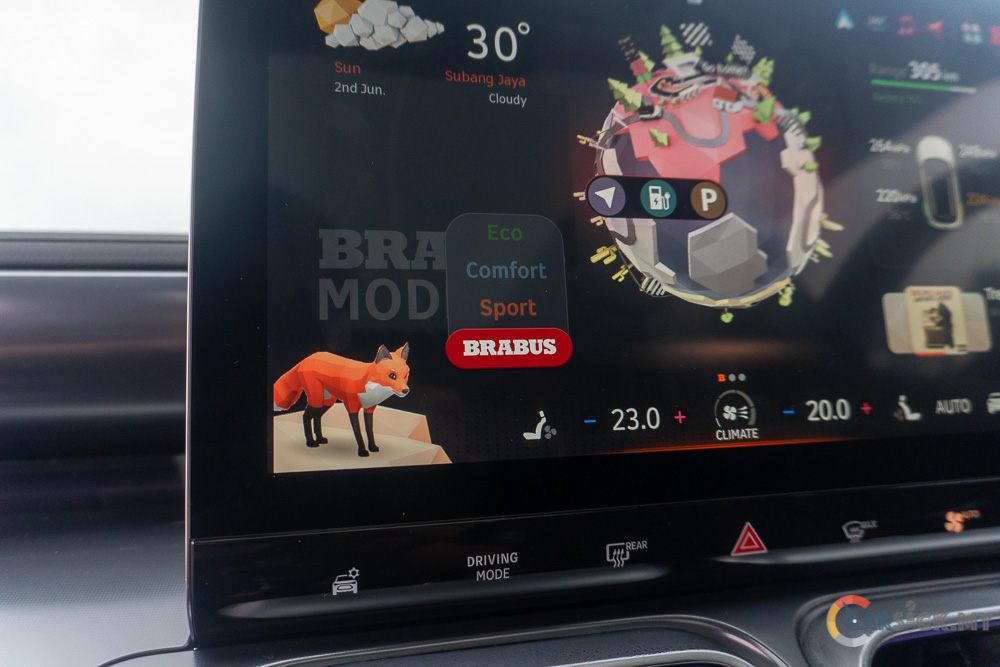
Regarding charging, the Brabus #1 can receive up to 150 kW on a DC charger. During my review, the fastest speed I noticed was about 100 kW, with the battery still at 50% SOC. What gives the Brabus #1 an edge over other Chinese EVs is its 22 kW onboard charger for faster AC charging. In real-world testing, the Brabus #1 is good for about 350 km if driven sensibly. If you often find yourself in Brabus mode, the range will be even less, as mentioned earlier. 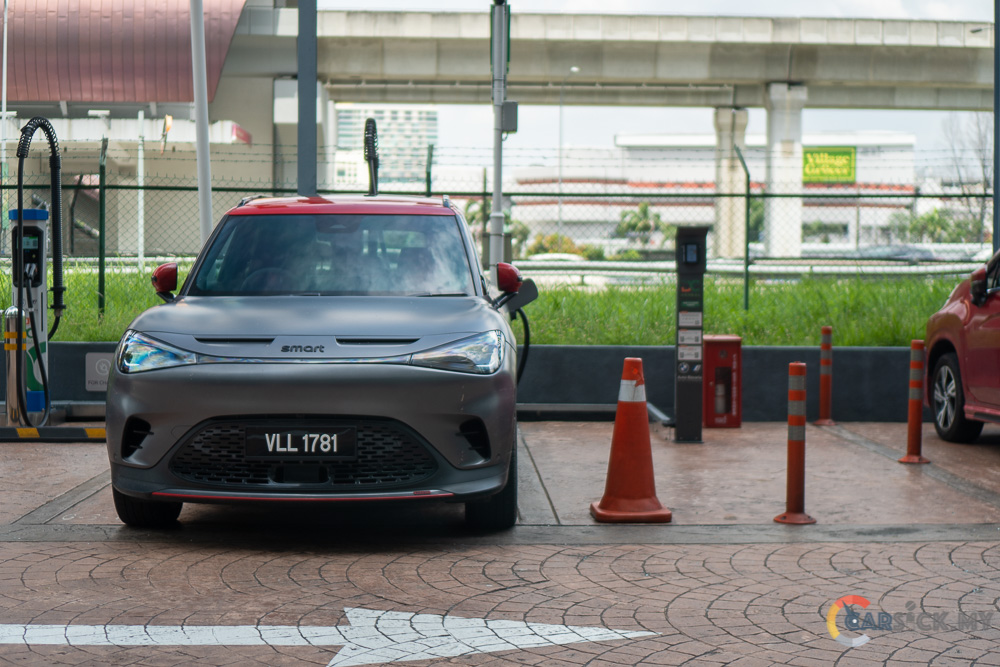
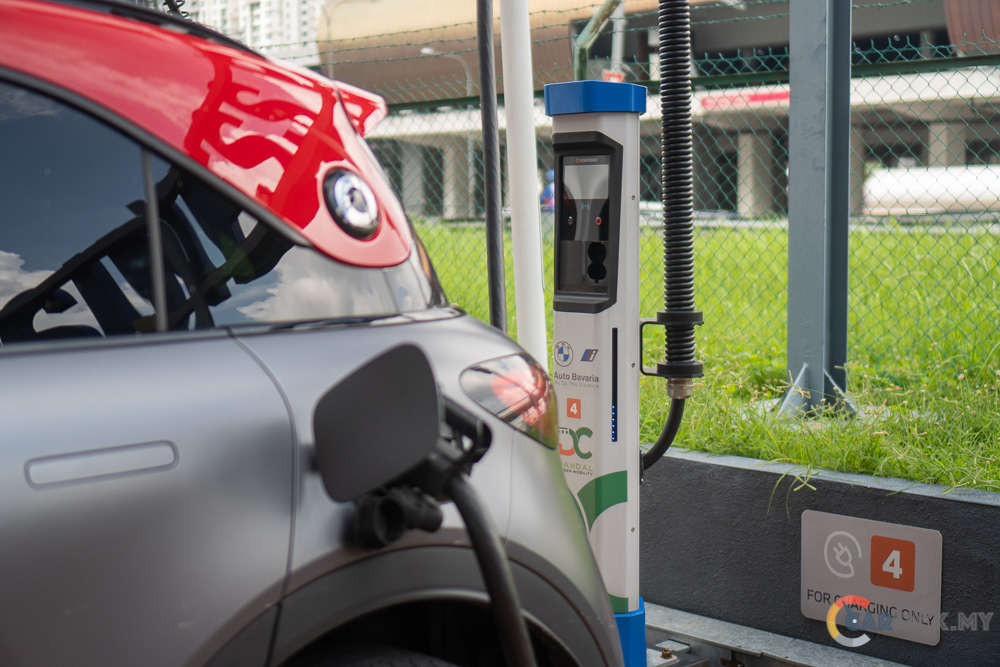
With a name like Brabus, I was hoping the Brabus #1 would handle and ride much sportier than the regular #1. But in reality, the Brabus #1 feels very similar to the regular #1 in terms of ride and handling. The suspension setup is essentially carried over from the regular #1. While this setup works for the regular #1, the Brabus edition demands something sportier to handle the extra performance. I think this is a missed opportunity from the Brabus team, as they are usually associated with better ride and handling, not just better performance.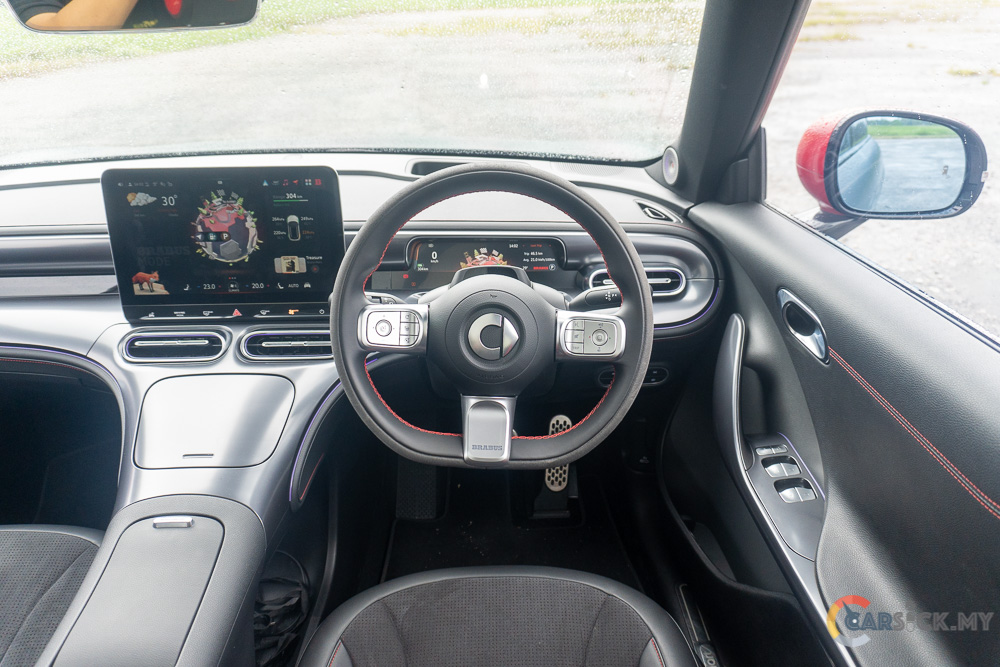
The same goes for the brakes. Despite being painted red, the brakes are also the same as those used on the regular #1. For daily driving, these brakes are sufficient, but if you want to fully exploit the available performance, they may not be up to the task. When driving the Brabus #1, I felt that the brakes could fade quickly under hard braking. On the flip side, the driver assistance systems are also carried over from the regular #1, making this vehicle very safe. Just like the regular #1, I don’t like having to dig deep into the settings to switch off the Lane Keeping System. Even though there’s an easy-access button in the notification bar, the system isn’t technically fully off. But that’s something a software update could solve, so it’s not a big deal. 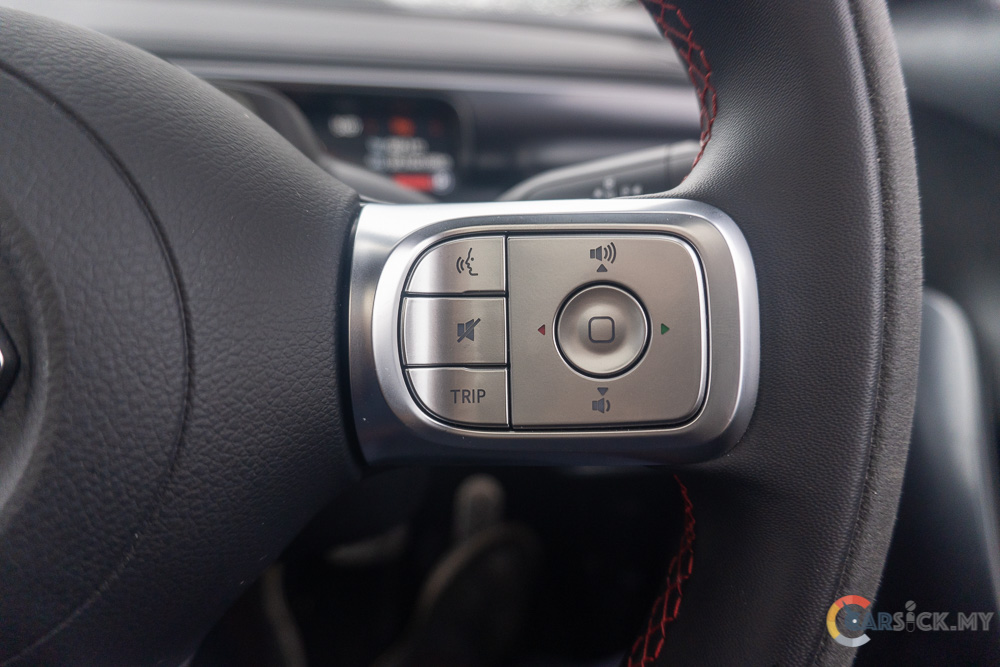
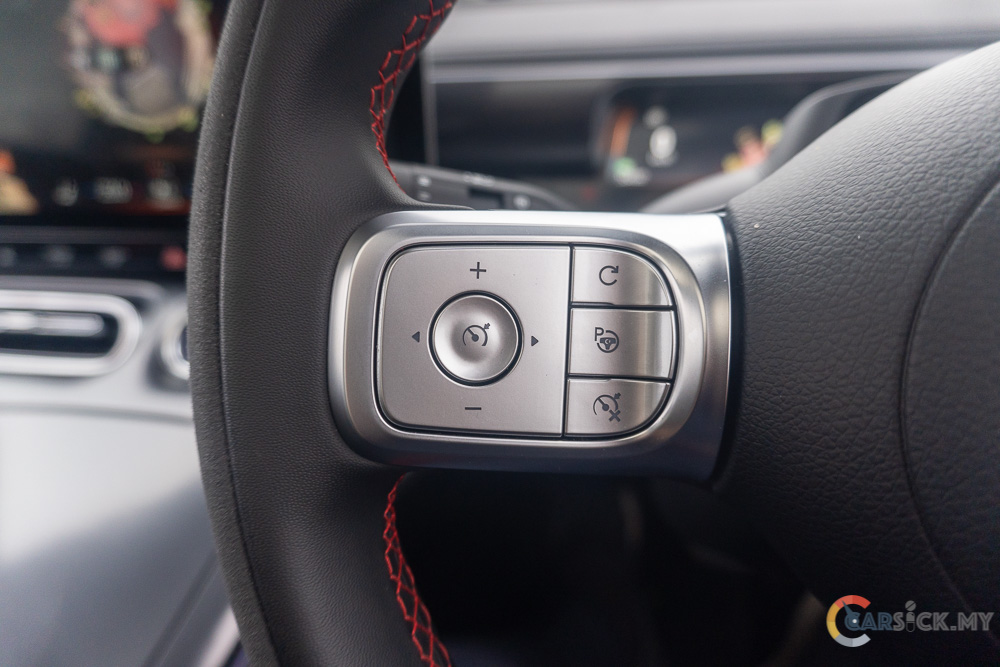
The smart #1 Brabus comes standard with ABS, ESP, ESC, Electronic Traction Control (TCS/ASR), Hill Hold Assist & Hill Descent Assist, Cornering Brake Control (CBC), TPMS with Digital Display, and 7 Airbags as its passive safety systems. For the driver assistance systems, the smart #1 comes with Adaptive Cruise Control (ACC), Autonomous Emergency Braking (AEB) – City/Urban, Autonomous Emergency Braking (AEB) – Pedestrian/Cyclist, Front Collision Mitigation Support (FCMS), Rear Collision Mitigation Support (RCMS), Emergency Lane Keep Assist (ELKA), Lane Keep Assist (LKA), Lane Departure Warning (LDW), Lane Departure Prevention (LDP), Lane Change Assist (LCA), Automated Lane Change Assist (ALCA), Evasive Maneuver Assist (EMA), Front Cross Traffic Alert (FCTA), Rear Cross Traffic Alert (RCTA), Door Opening Warning (DOW), Blind Spot Detection (BSD), Speed Limit Information Function (SLIF), Driver Performance Monitoring (DPM), Highway Assist (HWA), Traffic Jam Assist (TJA), Adaptive High Beam, Full Autonomous Parking (FAP), Parking Emergency Brake (PEB), and Autonomous Parking Assist.
With a price tag of RM 249,000, the extra RM 40,000 buys you a lot of power. It does feel like a wolf in sheep’s clothing. If you’re looking for performance, the smart #1 Brabus has you covered. But because this is an EV, getting more power out of the electric motor is easier than ever. Currently, EV buyers mostly prioritize range over other features, so a powerful EV is still mainly for show. If this EV got the full Brabus performance treatment, I would probably like it even more. But if you’re into performance EVs, the Brabus #1 is still an appealing option for those who want to experience hard acceleration.
Check out the full photo album here. 